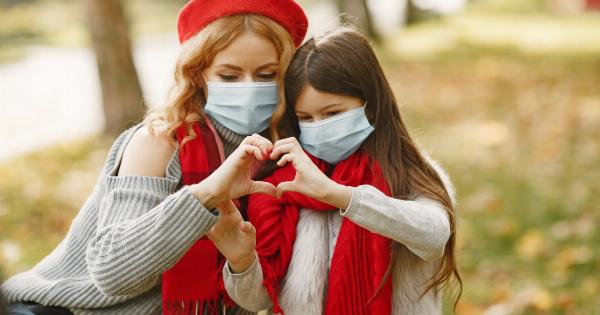Bronchiolitis is a common respiratory illness that affects young children, especially infants under the age of two.
It is caused by a viral infection that causes inflammation of the bronchioles in the lungs, which are the small airways that lead to the alveoli where gas exchange takes place. Bronchiolitis can be a serious illness, especially for infants, and parents need to be aware of the warning signs to watch for.
What Causes Bronchiolitis?
The most common cause of bronchiolitis is a virus called Respiratory Syncytial Virus (RSV). The virus is transmitted through contact with respiratory secretions, such as saliva or mucus, from an infected person.
RSV is highly contagious and spreads easily among children, especially in crowded settings such as daycare centers or classrooms.
Who is at Risk for Bronchiolitis?
Children under the age of two are at the highest risk for developing bronchiolitis, especially infants who are less than six months old.
Premature infants, children with weakened immune systems, and those with underlying medical conditions such as heart or lung disease are also more likely to develop severe bronchiolitis.
What Are the Warning Signs of Bronchiolitis?
Bronchiolitis typically starts with symptoms similar to those of a common cold, such as a runny or stuffy nose, cough, and fever. However, as the illness progresses, more severe symptoms may develop. Some of the warning signs to watch for include:.
1. Rapid Breathing
A child with bronchiolitis may breathe rapidly, with more than 50 breaths per minute. This is a sign that the airways are becoming more narrowed, and the child is working harder to breathe.
2. Wheezing
Wheezing is a high-pitched whistling sound that occurs when air flows through narrowed airways. It is a common symptom of bronchiolitis, especially in infants.
3. Retractions
Retractions are visible signs that a child is working harder to breathe. They occur when the muscles between the ribs and in the neck pull in as the child inhales, indicating that the lungs are not moving air as easily as they should.
4. Flaring Nostrils
Flaring nostrils are another sign that a child is working harder to breathe. The nostrils may widen with each breath, indicating that the airways are becoming more narrowed.
5. Cyanosis
Cyanosis is a bluish coloration of the skin and mucous membranes that occurs when oxygen levels in the blood are low. It is a serious sign that a child is not getting enough oxygen and requires immediate medical attention.
When to Seek Medical Attention
Parents should seek medical attention for their child if they notice any of the warning signs of bronchiolitis.
Infants under six months old, those with underlying medical conditions, and those with severe symptoms may require hospitalization for treatment.
Treatment for bronchiolitis is primarily supportive, with a focus on relieving symptoms and helping the child breathe more easily.
This may include using a cool mist humidifier, saline drops to clear the nasal passages, and medications to open the airways. In severe cases, oxygen therapy or mechanical ventilation may be needed.
Parents can help prevent the spread of bronchiolitis by washing their hands frequently and keeping their child away from others who are sick.
It is also important to ensure that infants are up-to-date on their vaccinations, as some vaccines can help prevent the development of severe bronchiolitis.


























